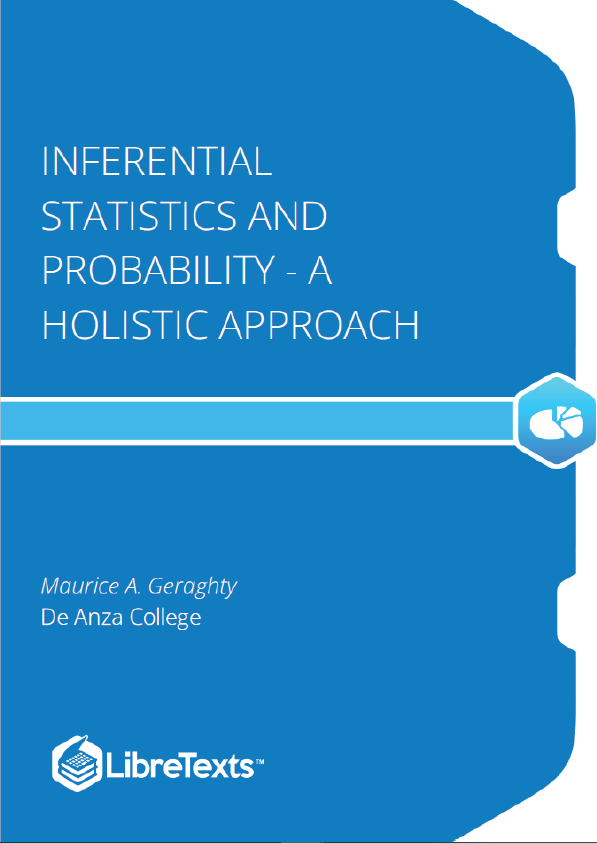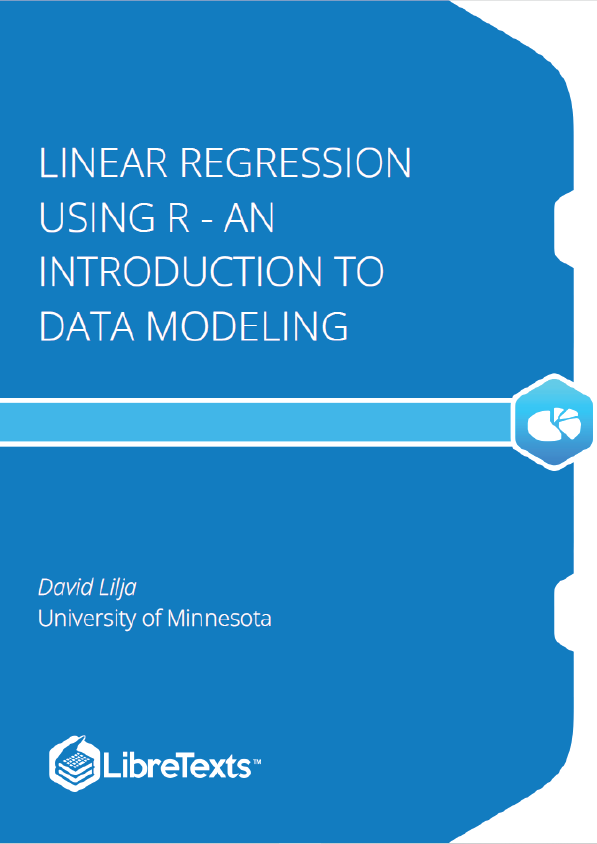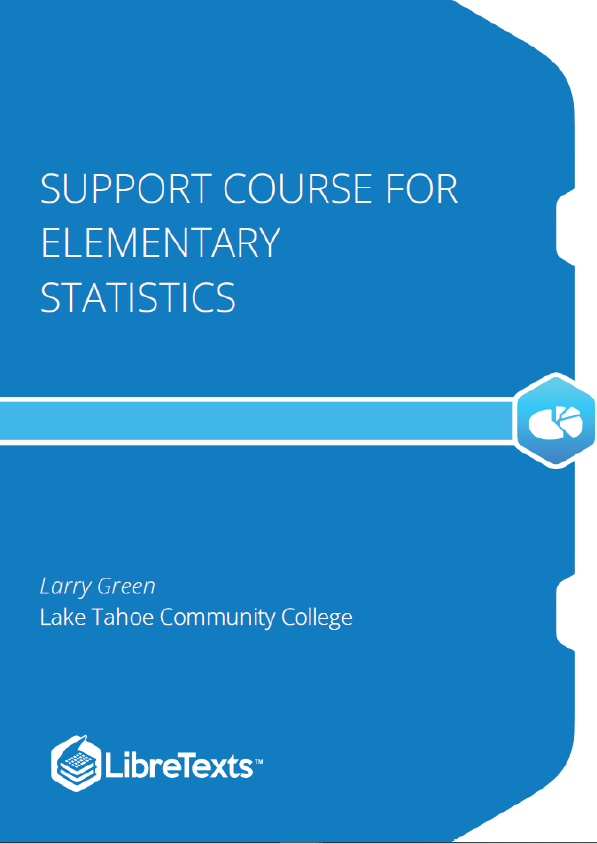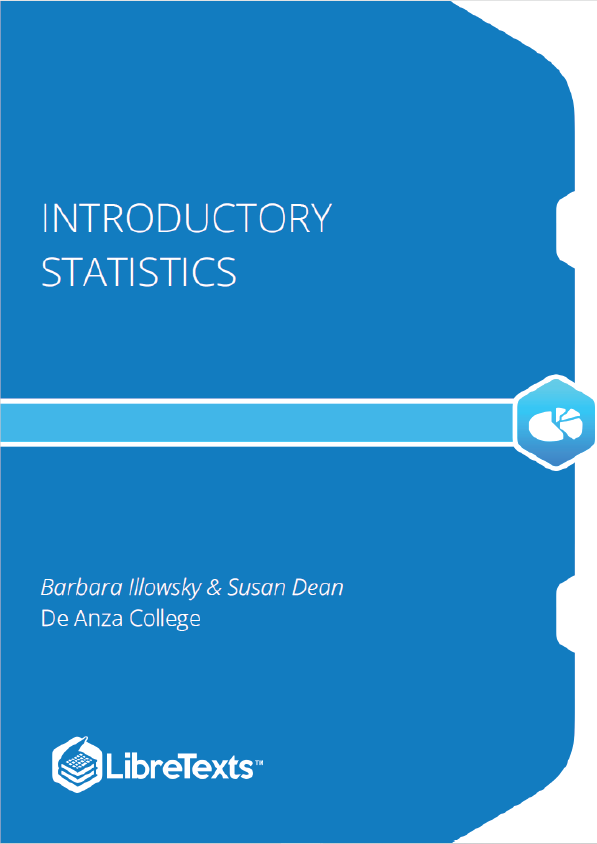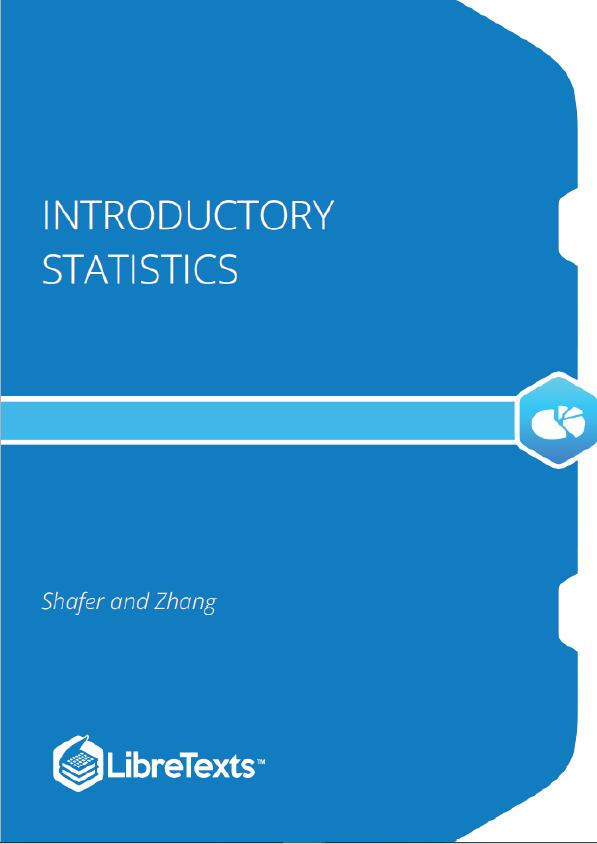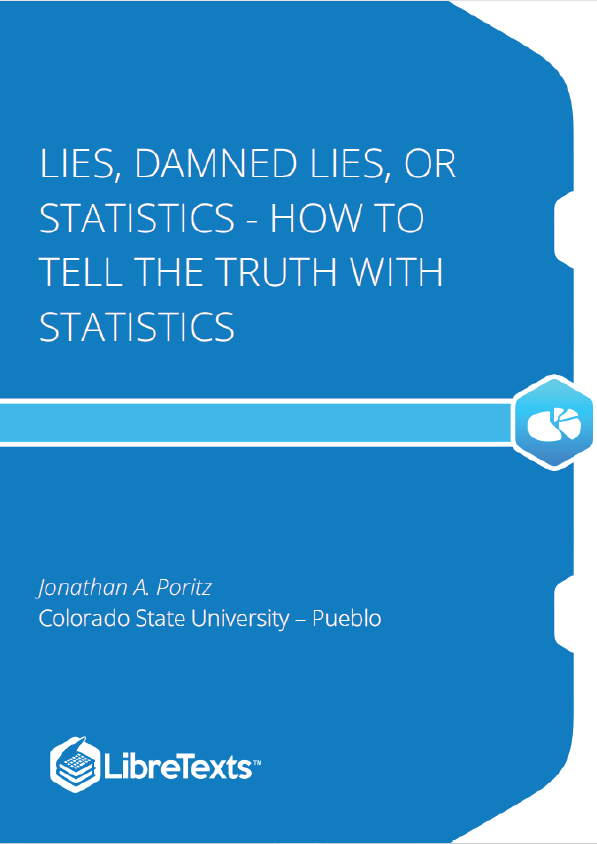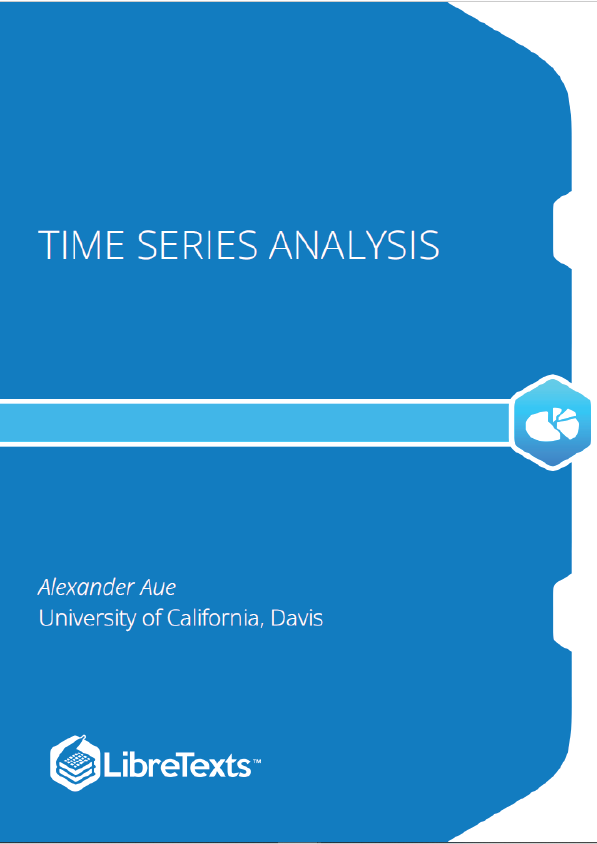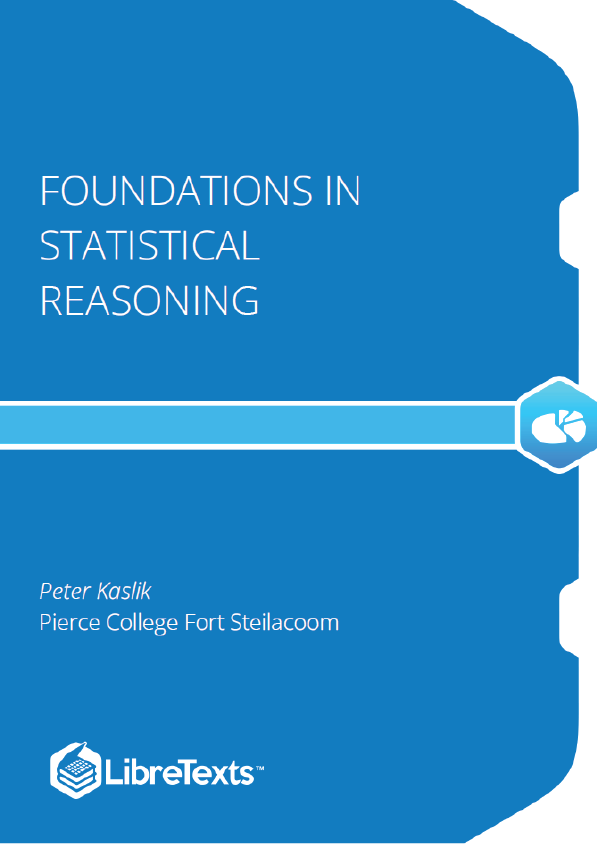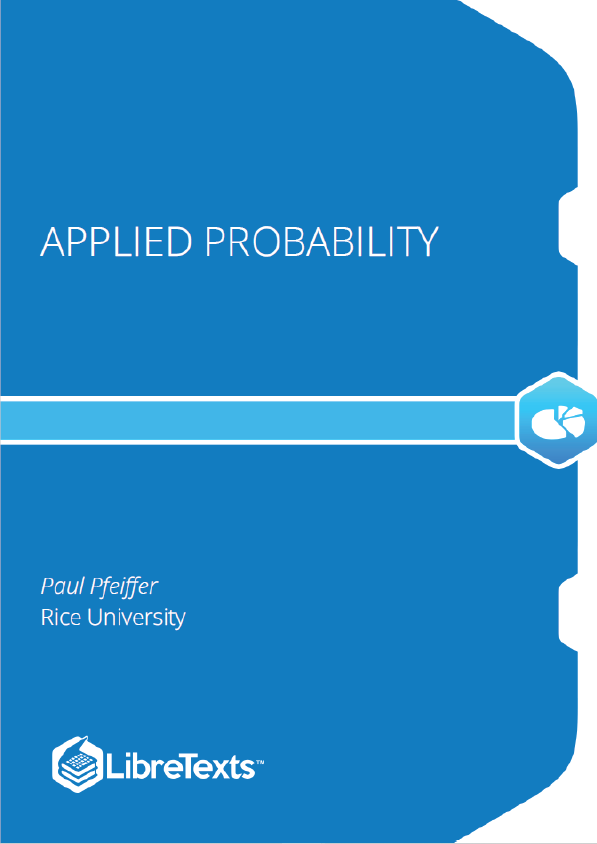Holistic or Eastern tradition analysis is less concerned with the component parts of a problem, mechanism or phenomenon but rather with how this system operates as a whole, including its surrounding environment. For example, a holistic nutritionist would look at the potato in its environment: when it was eaten, with what other foods it was eaten, how it was grown, or how it was prepared. In holism, the potato is much more than the sum of its parts. I believe it is possible to teach the concept of Inferential Statistics holistically. This course material is a result of that inspiration, and it was designed to supplement, not replace, a traditional course textbook or workbook.
Several years ago, I was teaching an introductory Statistics course at De Anza College where I had several achieving students who were dedicated to learning the material and who frequently asked me questions during class and office hours. Like many students, they were able to understand the material on descriptive statistics and interpreting graphs. Unlike many introductory Statistics students, they had excellent math and computer skills and went on to master probability, random variables and the Central Limit Theorem.
However, when the course turned to inference and hypothesis testing, I watched these students’ performance deteriorate. One student asked me after class to again explain the difference between the Null and Alternative Hypotheses. I tried several methods, but it was clear these students never really understood the logic or the reasoning behind the procedure. These students could easily perform the calculations, but they had difficulty choosing the correct model, setting up the test, and stating the conclusion.
These students, (to their credit) continued to work hard; they wanted to understand the material, not simply pass the class. Since these students had excellent math skills, I went deeper into the explanation of Type II error and the statistical power function. Although they could compute power and sample size for different criteria, they still didn’t conceptually understand hypothesis testing.
On my long drive home, I was listening to National Public Radio’s Talk of the Nation and heard discussion on the difference between the reductionist and holistic approaches to the sciences. The commentator described this as the Western tradition vs. the Eastern tradition. The reductionist or Western method of analyzing a problem, mechanism or phenomenon is to look at the component pieces of the system being studied. For example, a nutritionist breaks a potato down into vitamins, minerals, carbohydrates, fats, calories, fiber and proteins. Reductionist analysis is prevalent in all the sciences, including Inferential Statistics and Hypothesis Testing.
Holistic or Eastern tradition analysis is less concerned with the component parts of a problem, mechanism or phenomenon but rather with how this system operates as a whole, including its surrounding environment. For example, a holistic nutritionist would look at the potato in its environment: when it was eaten, with what other foods it was eaten, how it was grown, or how it was prepared. In holism, the potato is much more than the sum of its parts.
